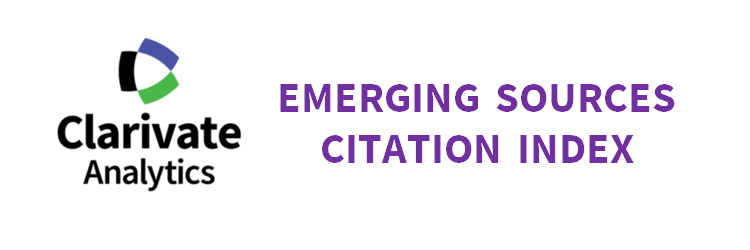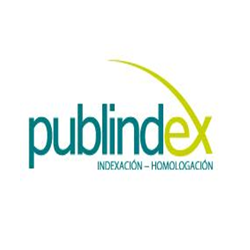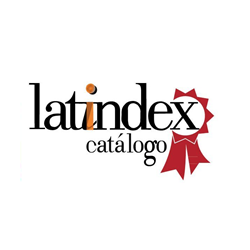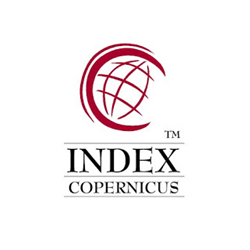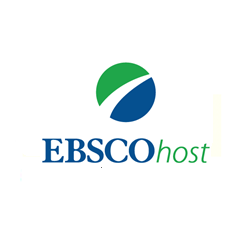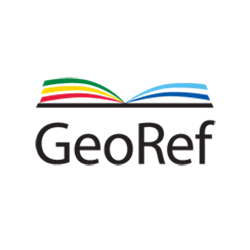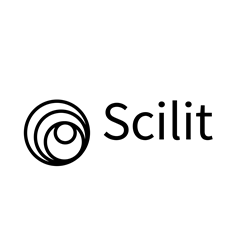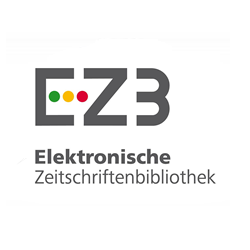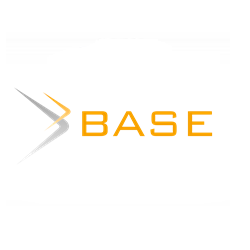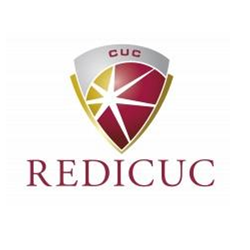Identification of the main logistics management indicators used by small companies of petroleum sector.
DOI:
https://doi.org/10.17981/ingecuc.18.1.2022.12Keywords:
Logistic index, Multivariate statistics, logistic improvement, SMEs, Descriptive statistics, cluster analysis, component analysisAbstract
Introduction: logistics improvement plans are based on activities monitored by indicators that are associated with saving in logistics costs. This work was carried out based on a sample of 44 companies in six Colombian cities participating in a project carried out for the oil sector.
Objective: to identify the indicators most used by small businesses, which allow to achieve business improvement, represented in savings in logistics costs.
Methodology: based on the information of the project “Strengthening the logistics operations of the companies providing goods”, the database was normalized, the descriptive statistical analysis was carried out, subsequently the multivariate analysis finding relationships between areas and logistics indicators, through cluster analysis and component analysis, identifying the group of logistic indicators most used by entrepreneurs for business improvement.
Results: as a result it was obtained that the storage area is the one that represents the most savings in logistics costs, the city of Orito was the one that had the most savings, the variation in savings was heterogeneous.
Conclusions: the variable in logistics cost savings, discriminated by area, is concentrated in the storage area. The group of main indicators of the storage area with which control and monitoring can be performed are inventory accuracy, inventory turnover and cost of stored unit.
Downloads
References
C. Gonzalez, J. Martinez, C. Malcon y J. Cavazos, “Metodología de la gestión logística para el mejoramiento de pequeñas empresas”, RIAF, vol. 6, no. 5, pp. 121–129, Ene. 2013. Recuperado de http://www.theibfr2.com/RePEc/ibf/riafin/riaf-v6n5-2013/RIAF-V6N5-2013-9.pdf
J. W. Creswell & J. D. Creswell, Research Design. Qualitative, Quantitative and Mixed Methods Approaches. THOK, CA: Sage, 2017. Available from https://www.ucg.ac.me/skladiste/blog_609332/objava_105202/fajlovi/Creswell.pdf
J. Avilez, P. Escobar, G. Von Fabeck, K. Villagran, F. García, R. Matamoros y A. García Martínez, “Caracterización Productiva de Explotaciones Lecheras Empleando Metodología de Análisis Multivariado”, Rev Cient FCV-LUZ, vol. 20, no. 1, pp. 74–80, Feb. 2010. Disponible en https://www.produccioncientificaluz.org/index.php/cientifica/article/view/15529
L. Mora, Indicadores de gestión logística KPI Los indicadores claves del desempeño logístico. BO, CO: Ecoe, 2012. Recuperado de https://www.fesc.edu.co/portal/archivos/e_libros/logistica/ind_logistica.pdf
H. Khan & J. D. Wisner, “Supply chain integration, learning, and agility: Effects on performance,” Oper SCM, vol. 12, no. 1, pp. 14–23, Feb. 2019. http://doi.org/10.31387/oscm0360218
C. González, “Sistema para la gestión logística empresarial”, Sotavento M.B.A., no. 23, pp. 32–41, Jun 2014. Disponible en https://revistas.uexternado.edu.co/index.php/sotavento/article/view/3985
C. Giraldo, L. Moreno y H. Cortés, “Modelo de gestión por procesos en logística aplicado a empresas de Medellín”, Rev Soluposgrados EIA, vol. 5, no. 9, pp. 117–141, Nov. 2013. Disponible en https://revistas.eia.edu.co/index.php/SDP/article/view/366
Y. Becerra, “Propuesta metodológica para la definición de estrategias de mejoramiento en logística de pymes”, I2+D, vol. 15, no. 1, pp. 48–57, Jun. 2015. http://doi.org/10.19053/1900771X.3938
B. Kucukaltan, Z. Irani and E. Aktas, “A decision support model for identification and prioritization of key performance indicators in the logistics industry,” Comput Hum Behav, vol. 65, pp. 346–358, Dec. 2016. https://doi.org/10.1016/j.chb.2016.08.045
A. Zuluaga-Mazo, R. Gómez-Montoya y S. Fernández-Henao, “Indicadores logísticos en la cadena de suministro como apoyo al modelo Scor”, Clío Amer, vol. 8, no. 15, pp. 90–110, Jun. 2014. https://doi.org/10.21676/23897848.832
G. Vidalón, “Mejoramiento continuo en la logística de la empresa negocios, tecnología y soluciones Perú S.R.L. Los Olivos”, Tesis Licenciatura, Fac. Cienc. Empr., UCV, LIM, PE, 2018. Disponible en https://hdl.handle.net/20.500.12692/19325
M. Arango, S. Ruiz, L. Ortíz y J. Zapata, “Indicadores de desempeño para empresas del sector logístico: Un enfoque desde el transporte de carga terrestre”, Ingeniare, vol. 25, no. 4, pp. 707–720, Dic. 2017. http://dx.doi.org/10.4067/S0718-33052017000400707
O. Barbosa, Los indicadores de gestión y su contexto. BO, CO: ESAP, 2000.
D. C. Hoaglin & R. E. Wewlseh, “The hat matrix in regresiòn and ANOVA,” Am Stat, vol. 32, no. 1, pp. 17–22, Oct. 1976. Available: http://hdl.handle.net/1721.1/1920
M. Rendón-Macías, M. Villasís-Keever y M. Miranda-Novales, “Estadística descriptiva”, RAM, vol. 63, no. 4, pp. 397–407, Dic. 2016. https://doi.org/10.29262/ram.v63i4.230
C. Díaz y G. Rivas, “Fundamentos para la aplicación de Bioestadística en Odontología”, Rev Salud Pública Parag, vol. 5, no. 2, pp. 56–61, Dic. 2015. Recuperado de https://docs.bvsalud.org/biblioref/2018/06/905325/56-61.pdf
F. Tusell, Estadística: Análisis Multivariante (15763) Curso 2007–2008. BB, ES: UPV/EHU, 2016. Recuperado de http://www.et.bs.ehu.es/~etptupaf/pub/programas/estad4.pdf
C. Cuadras, Nuevos métodos de análisis multivariante. BAR, ES: CMC Editions, 2007. Recuperado de http://www.est.uc3m.es/esp/nueva_docencia/getafe/estadistica/analisis_multivariante/doc_generica/archivos/metodos.pdf
E. Burbano-Vallejo y E. Moreno, “Análisis de Conglomerados del Norte del Valle del Cauca. Caso estudio Cartago, Zarzal y la Unión”, II, vol. 39, no. 1, pp. 78–91, Abr. 2018. Disponible en https://rii.cujae.edu.cu/index.php/revistaind/article/view/801
C. Véliz, Análisis multivariante: métodos estadísticos multivariantes para la investigación. CABA, AR: Cengage Learning, 2015. Disponible en https://centrumthink.pucp.edu.pe/publicaciones/analisis-multivariante-metodos-estadisticos-multivariantes-para-la-investigacion/
D. Garcés y F. Jaimes, “Ronda Clínica y Epidemiológica. Introducción al Análisis Multivariable (Parte I)”, IATREIA , vol. 27, no. 3, pp. 355–363, Sep. 2014. Disponible en https://go.gale.com/ps/i.do?p=AONE&u=googlescholar&id=GALE|A439636050&v=2.1&it=r&sid=AONE&asid=9af38fe0
Consorcio Cluster Development, Metis Gaia y J. D’ávila Quevedo, Elaboración de un mapeo de clusters en el Perú. LIM, PE: CNCF, 2013.
M. Sato-Ilic, “Homogeneous Cluster Analysis”, Proc Comp Sci, vol. 140, pp. 269–275, Jan. 2018.https://doi.org/10.1016/j.procs.2018.10.320
A. Banerjee & I. Abu, “Evolutionary Clustering Algorithms for Relational Data,” Proc Comp Sci, vol. 140, pp. 276–283, Jan. 2018.https://doi.org/10.1016/j.procs.2018.10.319
S. Hantsch, H. Kergel, M. Munoz y M. Nerger, Excelencia en la administración de clusters en México. Clusters de TI Mexicanos en comparación con sus pares europeos. BE, DE: ESCA, 2015.
X. Yao, S. Ge, H. Kong & H. Ning, “An Improved Clustering Algorithm and Its Application in WeChat Sports Users Analysis”, Proc Comp Sci, vol. 129, pp. 166–174, Jan. 2018. https://doi.org/10.1016/j.procs.2018.03.067
S. Wade & Z. Ghahramani, “Bayesian Cluster Analysis: Point Estimation and Credible Balls (with Discussion),” Bayesian Anal, vol. 13, no. 2, pp. 559–626, Jun. 2018. https://doi.org/10.1214/17-BA1073
R. Ruiz, J. Arévalo, G. Morillo y P. Acosta, “Análisis de componentes principales aplicado a la prueba estatal Colombiana Saber 11”, Espacios, vol. 39, no. 10, pp. 1–12, Nov. 2017. Recuperado de https://www.revistaespacios.com/a18v39n10/a18v39n10p01.pdf
C. Gil, “Análisis de componentes principales (PCA)”, Jun 2018. [En linea]. Disponible en https://rpubs.com/Cristina_Gil/PCA
J. Cruz, “La calidad de vida laboral y el estudio del recurso humano: una reflexión sobre su relación con las variables organizacionales”, Pensam Gest, no. 45, pp. 58–81, Dic. 2018. Disponible en https://rcientificas.uninorte.edu.co/index.php/pensamiento/article/view/10617
Downloads
Published
How to Cite
Issue
Section
License
Copyright (c) 2021 INGE CUC

This work is licensed under a Creative Commons Attribution-NonCommercial-NoDerivatives 4.0 International License.
Published papers are the exclusive responsibility of their authors and do not necessary reflect the opinions of the editorial committee.
INGE CUC Journal respects the moral rights of its authors, whom must cede the editorial committee the patrimonial rights of the published material. In turn, the authors inform that the current work is unpublished and has not been previously published.
All articles are licensed under a Creative Commons Attribution-NonCommercial-NoDerivatives 4.0 International License.

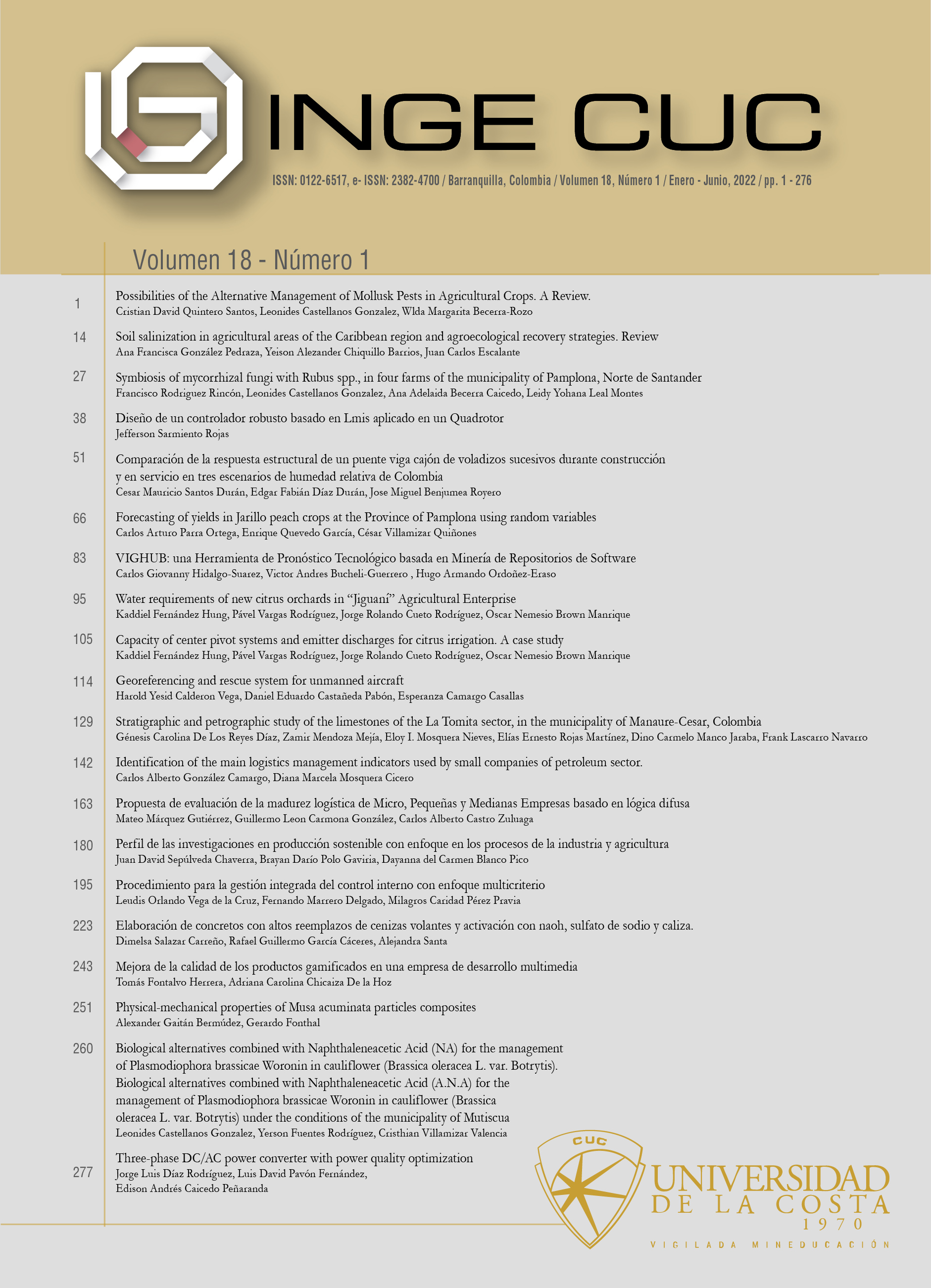

 English
English
 Español (España)
Español (España)
